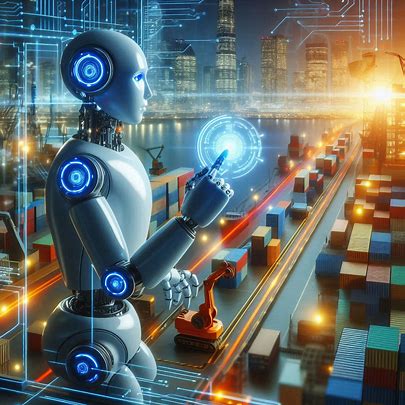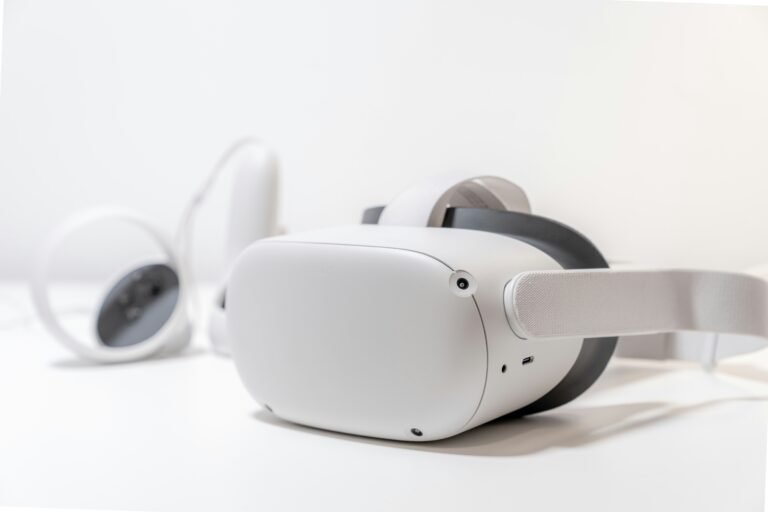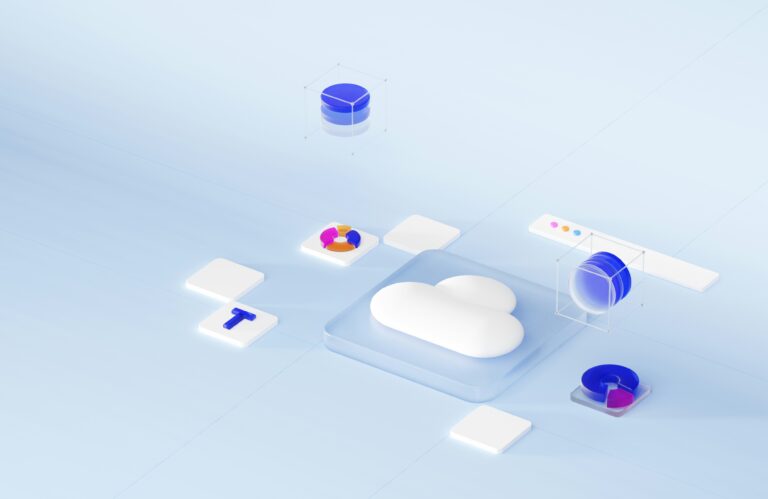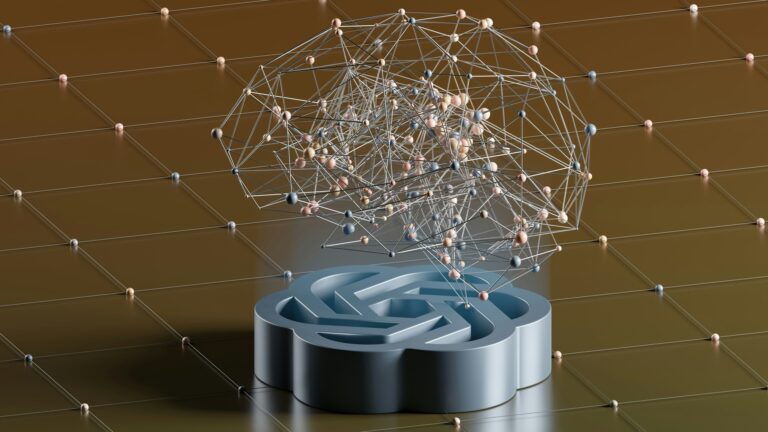
Introduction
Imagine a workplace where repetitive tasks like data entry, invoice processing, or customer service inquiries are handled swiftly and accurately without human intervention. This is the power of Robotic Process Automation (RPA), a technology that uses software robots, or “bots,” to automate routine business processes. By mimicking human actions on computers, RPA frees up employees to focus on creative and strategic tasks, boosting efficiency and reducing errors. This article explores what RPA is, how it works, its real-world applications, current trends, and its potential to transform how we work, all presented in an engaging and accessible way for everyone.
What is Robotic Process Automation?
Robotic Process Automation is a technology that automates repetitive, rule-based tasks by deploying software bots to interact with applications, just as humans do. These bots can log into systems, extract data, fill forms, generate reports, and more, all without needing complex coding or system overhauls. Unlike physical robots, RPA operates in the digital realm, working within existing software environments.
Key Features of RPA
- Rule-Based Automation: RPA excels at tasks with clear, consistent rules, like processing payroll or validating customer data.
- Non-Invasive: Bots integrate with existing systems without requiring major changes to infrastructure.
- Scalability: Organizations can deploy multiple bots to handle varying workloads.
- User-Friendly: Many RPA tools offer intuitive interfaces, allowing non-technical staff to configure bots.
For example, a bank might use an RPA bot to process loan applications by extracting data from forms, checking credit scores, and updating records, all in minutes.
How Robotic Process Automation Works
RPA systems mimic human interactions with software through a combination of automation tools and predefined workflows. Here’s a simplified process:
- Process Identification: Businesses identify repetitive, high-volume tasks suitable for automation, such as data entry or email responses.
- Bot Configuration: Using RPA platforms like UiPath, Automation Anywhere, or Blue Prism, developers or trained staff create bots by defining rules or recording actions.
- Execution: The bot interacts with applications—clicking buttons, entering data, or extracting information—as a human would, but faster and without breaks.
- Monitoring and Optimization: Bots log their actions, allowing managers to track performance and refine processes.
For instance, in a retail company, an RPA bot might log into an inventory system, check stock levels, generate reorder requests, and email suppliers, all automatically.
Real-World Applications of RPA
RPA is transforming industries by automating mundane tasks, improving efficiency, and reducing costs.
Finance and Banking
Banks use RPA to automate tasks like account reconciliation, fraud detection, and compliance reporting. For example, JPMorgan Chase uses RPA to process mortgage applications, reducing manual work and speeding up approvals.
Healthcare
RPA streamlines administrative tasks in healthcare, such as patient scheduling, billing, and claims processing. Hospitals use bots to update patient records across systems, ensuring accuracy and freeing staff for patient care.
Retail and E-commerce
Retailers leverage RPA to manage inventory, process orders, and handle customer inquiries. Amazon uses RPA to automate order tracking and returns, ensuring quick responses to customer requests.
Human Resources
HR departments use RPA for onboarding, payroll processing, and resume screening. For instance, a bot can extract candidate data from resumes, match it to job requirements, and schedule interviews, saving recruiters hours.
Customer Service
RPA enhances customer service by automating responses to common queries. In call centers, bots retrieve customer data, log interactions, and escalate complex issues to human agents, as seen in companies like AT&T.

Current Trends in RPA
As of June 2025, RPA is evolving rapidly, integrating with advanced technologies and expanding its reach. Here are key trends:
Hyperautomation
Hyperautomation combines RPA with AI, machine learning, and process mining to automate complex workflows. For example, UiPath’s AI-powered bots can analyze unstructured data, like emails, to make decisions, enhancing automation capabilities.
Cloud-Based RPA
Cloud RPA platforms, like Automation Anywhere’s Enterprise A360, offer scalability and accessibility, allowing businesses to deploy bots without on-premises infrastructure. This trend supports remote work and global operations.
Intelligent Process Automation (IPA)
IPA integrates RPA with cognitive technologies like natural language processing (NLP) and computer vision. Bots can now understand documents or extract data from images, as seen in Blue Prism’s intelligent automation tools.
Democratization of RPA
Low-code and no-code RPA platforms enable non-technical employees to create bots. Microsoft Power Automate, for instance, allows office workers to automate tasks like generating reports with drag-and-drop interfaces.
Sustainability and Efficiency
RPA is being used to optimize energy-intensive processes, aligning with green initiatives. Bots monitor energy usage in manufacturing, reducing waste and supporting sustainability goals.
Benefits of RPA
RPA offers compelling advantages:
- Efficiency: Bots work 24/7, completing tasks faster than humans with fewer errors.
- Cost Savings: Automation reduces labor costs, with studies showing up to 30% savings in operational expenses.
- Employee Empowerment: Freeing staff from repetitive tasks allows focus on creative, strategic work.
- Accuracy: Bots follow rules precisely, minimizing mistakes in data entry or calculations.
- Scalability: Organizations can deploy additional bots during peak workloads without hiring.
Challenges of RPA
Despite its benefits, RPA faces hurdles:
- Process Selection: Not all tasks are suitable for RPA; complex, judgment-based processes require human oversight.
- Integration Complexity: Bots must work seamlessly with legacy systems, which can be challenging.
- Workforce Resistance: Employees may fear job losses, necessitating clear communication about RPA’s role in enhancing work.
- Security Risks: Bots accessing sensitive data require robust cybersecurity to prevent breaches.
- Maintenance: Bots need regular updates to adapt to system changes or new workflows.
Addressing these challenges involves careful planning, employee training, and strong security protocols.

The Future of RPA
RPA is poised to redefine work by 2030, with transformative potential:
- Wider Adoption: Small and medium businesses will increasingly adopt RPA as costs drop and platforms become user-friendly.
- AI Synergy: Combining RPA with AI will enable bots to handle unstructured data and make complex decisions, expanding use cases.
- Personalized Automation: RPA will extend to consumer applications, like automating personal finance or smart home tasks.
- Global Impact: In developing regions, RPA could streamline government services, such as tax processing or public health data management.
Investment in skills training, ethical automation, and integration with emerging technologies will ensure RPA’s benefits are widely accessible.
Conclusion
Robotic Process Automation is revolutionizing how businesses operate, turning repetitive tasks into opportunities for efficiency and innovation. From banking to healthcare, its applications are vast, delivering speed, accuracy, and cost savings. As trends like hyperautomation, cloud RPA, and intelligent process automation drive its evolution, RPA promises a future where routine work is handled seamlessly, empowering humans to focus on creativity and strategy. By addressing challenges like integration and workforce concerns, RPA can transform workplaces, creating a more productive and connected world.



